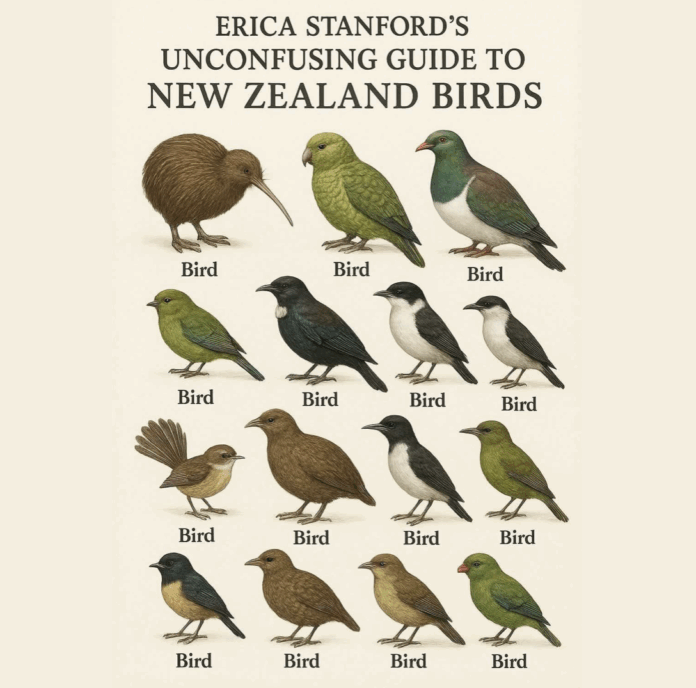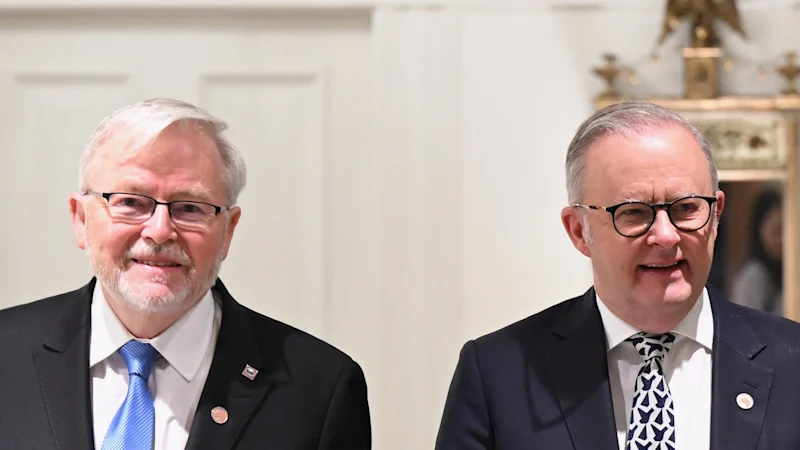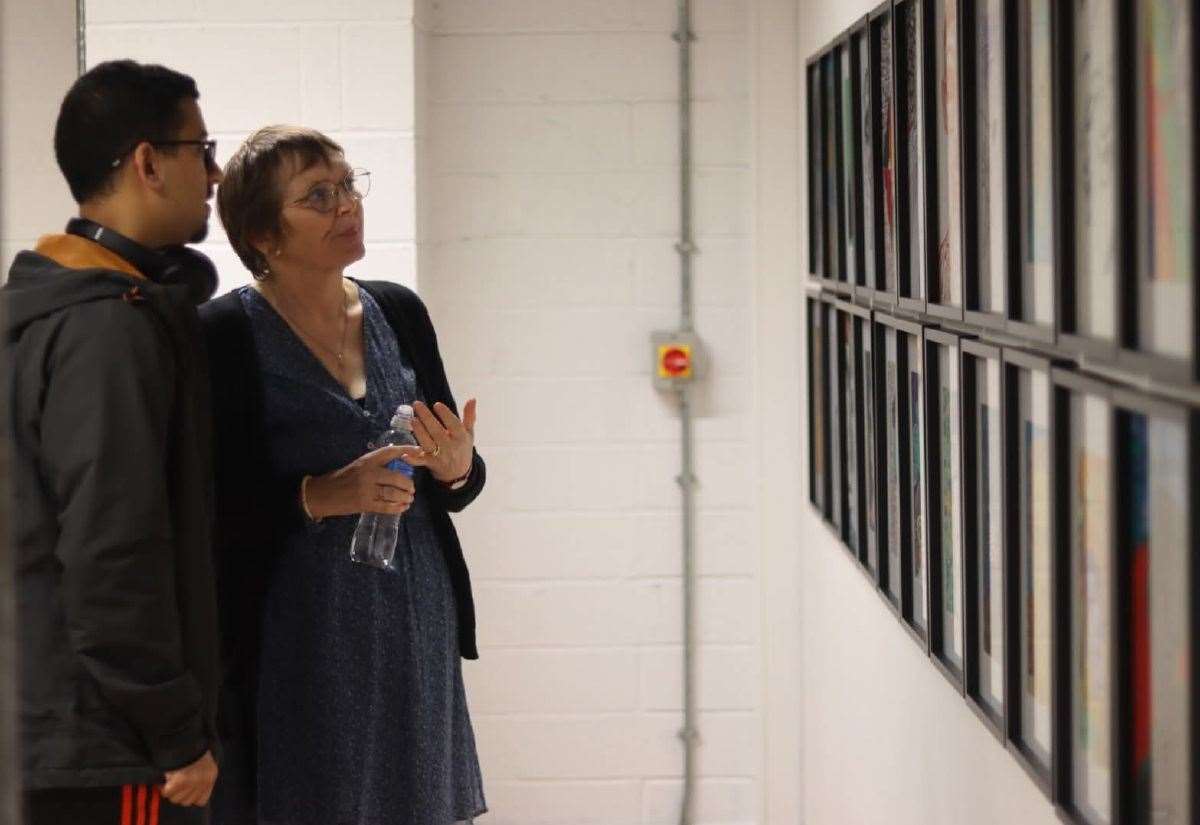Copyright thedailyblog

Much has been written over the past six months or so about Erica Stanford’s education agenda, based on sterling work by Bevan Holloway, Brie Elliot, and the Aotearoa Educators Collective, among others. What is becoming more and more apparent is that Stanford’s agenda, based solely on external influences, is creating a huge risk to education in this country. This has now gone beyond the stage where it is a political matter, as the damage she is causing, and will cause, will affect all children regardless of the political background of their families. We are not using a political agenda in raising our concerns as this concern is above politics. Stanford is carrying out a very risky experiment with the education of our children, based on a very narrow set of principles, most (all?) of which are not supported by the great majority of educators, whether academics, principals, or teachers. It is imperative that all readers of this article set aside their political beliefs to reflect on the content of the linked article. While the basic information is known, more information is emerging: “For half a century, our public education system has been hailed as world-leading. International recognition praised our system for being increasingly adaptive to the needs of tamariki, their whānau and communities, shifting in response like a braided river over our diverse landscape. We developed a child-centred system focused on a broad education. Māori have led the way in kaupapa Māori education and kōhanga reo, and both our early childhood and primary curriculums have had global influence. Why now, are we being asked to channel this river, to narrow it in accordance with the values and power systems of other colonial countries?” A little correction – the implementation of New Zealand’s world leading public education system began with Dr Clarence Beeby, Director of Education for the first Labour government in the 1940s. This continued until1989, under both Labour and National governments, both of whom had the wisdom to see what was being achieved and to keep it free from political interference. For example, two New Zealand teachers from the 1950s, Elwyn Richardson and Sylvia Ashton-Warner, received international acclaim for their innovative teaching. There is absolutely zero chance of that happening under the educational system that was imposed on schools in 1989, and especially under the current proposals. This worked well until the 4th Labour government came into power and destroyed it all, along with many other aspects of our country. “Recently, Te Akatea, the Māori education leadership group, called a summit of 200 kaiako and tumuaki, iwi and education leaders. The task of this group, called Te Akapūmau, was to come up with a plan to protect the place of Te Tiriti o Waitangi in our education system. It was a response to the Minister of Education Erica Stanford’s education reforms, which have been a series of backwards steps for educators who’ve spent decades advancing Te Tiriti o Waitangi in education.” In light of my comments about this not being a political issue, there was a very significant speaker. ‘Chris Finlayson, a former National Party MP and Treaty negotiations minister, addressed the group, advising them to “engage in civilised debate” and to avoid using terms like “white supremacist”’. Get the point? Do I need to spell out the implications of Finlayson’s involvement? After discussion of the needs of Māori education the article then moves to examining the background to the new curriculum. “So, if a “knowledge-rich” curriculum isn’t grounded in te ao Māori and the very people and things that make Aotearoa unique, who is determining the knowledge and where does it come from?” And now we cover familiar territory: ‘The New Zealand Initiative, a right-wing think tank and member of the Atlas Network, has long lobbied politicians in Aotearoa to adopt, in education, what is known by conservatives and right-wing groups in the US and UK as “core knowledge”. In April 2023, before the coalition government came to power, The New Zealand Initiative released its education manifesto, Save our Schools. It pushed for a prescriptive, nationalistic, “knowledge-rich” curriculum based on this “core knowledge”. Pākehā sociologist of education Elizabeth Rata from Waipapa Taumata Rau, University of Auckland, wrote the foreword to the manifesto, claiming: “Communities are for the transmission of cultural beliefs and practices. In contrast, as the Manifesto makes clear, schools are for the transmission of academic knowledge and for the socialisation of children into the democratic nation.”’ Which cultural beliefs did Rata have in mind? Clearly, from other statements she has made, these are most certainly nothing to do with Māori and a lot to do with English beliefs and values. As for her second sentence, what exactly does ‘socialisation of children into the democratic nation’ mean? I suspect readers of this article will have wide ranging interpretations of that. ‘The manifesto’s recommendations now read like the government’s to-do list, having made their way directly into coalition agreements — from downgrading Te Tiriti o Waitangi in the Education Act to gutting NCEA, and including the number one recommendation: “Introducing a new knowledge-rich curriculum.”’ As Bevan Holloway has established, Rata was heavily involved in the development of a new English curriculum. ‘In a speech written by Rata and emailed to Stanford, she made explicit her hopes that Stanford’s reforms will be the “circuit breaker” to “ending decolonisation’s success.”’ Did we vote for this? ‘This has been compounded by the ministerial advisory group’s recommendation that: “Te Tiriti o Waitangi, our nation’s founding document, be removed from the curriculum and replaced with the science of learning.”’ That is a complete overturning of the principles on which this country was established. Other than the racists out there, are the rest of you comfortable with, and accepting of that? As we know, Stanford flew to the Core Knowledge Foundation’s conference in Florida in June to talk about the her educational reforms. Amongst the attendees was the ‘guru’ of the knowledge rich education movement, “E D Hirsch, author, former English professor and founder of the Core Knowledge Foundation. Hirsch’s work influenced the education reforms of everyone on stage in Florida. Each politician thanked him.” “For decades Hirsch has said that multicultural and social justice education produces achievement gaps, claiming students are taught to be victims. He also contends that child-centred education creates knowledge deficits. Central to Hirsch’s work is his insistence on a set canon of knowledge that all American children must learn to be successful citizens and patriots”. I wonder what canon of knowledge all New Zealand children will be required to earn to successful citizens and patriots? Elizabeth Rata would seem to have that covered. “Hirsch’s theory is described, and the knowledge itself specified, in his book, Cultural Literacy: What every American needs to know, which has been published several times since the 1980s. It has been roundly criticised by educationalists and social justice advocates for its sexism, and for disregarding First Nations’ knowledge and languages, and presenting a Eurocentric colonial account of history.” Substitute ‘Māori’ for ‘First Nations’ and you have the New Zealand Initiative/Erica Stanford’s education agenda. Again I ask, are you comfortable with this? ‘When Stanford addressed Hirsch on stage, she explained the profound impact his 1996 book The Schools We Need and Why We Don’t Have Them had on her. “It changed everything. I made my Secretary of Education read it. I made my staff read it. I am now implementing huge reform in New Zealand based on your book . . . We have a knowledge-rich curriculum.”’ Consider the implications of this – Stanford is basing all her education policy on one book. So much for the very extensive New Zealand and international research on best practices in education. She seems to have no understanding at all of what education is about, and had no vision until she happened to read this book – any suggestions how she came to read it? One of the other speakers was Robert Pondiscio: ‘Pondiscio, believes the purpose of curriculum is to catalogue the “knowledge assumed by literate speakers and writers” and that for students to succeed, they need to acquire the “culture of those who are in power”’. Whose culture would that be? ‘Hirsch’s foundation produced the Core Knowledge Language Arts (CKLA) curriculum which 25 states in American now recommend, the result of intense lobbying and the passage of state by state Science of Reading bills. CKLA provides scripts for teachers to deliver tightly controlled content taught in “scope and sequence.”’ I’ve written before about teacher directed learning, and here it is, specified by Hirsch, who, as we have seen, is Stanford’s ‘guru’. Note this section: “The Heritage Foundation, the right-wing think tank behind Project 2025, are also enthusiastic supporters of Hirsch’s work and are informing many of the authoritarian and anti-democratic measures being introduced into policy across America.’ For people living under a rock, Trump, in spite of his denials, is basing many/most of his policies on Project 2025. Is this what we want for New Zealand, to become a satellite of internal USA politics? Yet this is where the current government’s policies are taking us, and education is no exception. ‘Alongside these reforms is the claim that teaching children the same content, the same way at the same time, regardless of their community, culture, or learning needs achieves a supposed equality. Stanford’s recent claim that “every brain learns the same” was widely refuted by educationalists and disability advocates. On stage in Florida, Stanford said: “No matter what culture . . . what family you’re from, you have the very best possible instruction, the very best possible curriculum, a knowledge-rich curriculum based on the science of learning . . . that’s the reforms we’re driving.”’ There is no science of learning, as Guy Claxon has explained. There is indeed a discipline that could be described as the sciences of learning, that encompasses all the areas of research into how people learn. Using the phrase ‘the science of learning’ to justify these sweeping curriculum changes is devious at best. As we know, Elizabeth Rata is a major influence on Stanford’s thinking and her agenda is clear. ‘“If we are to value knowledge again, we should look to the Enlightenment for the moral and intellectual courage that created the modern world and the rational individual.” Rata laments that “New Zealand was built on this intellectual commitment and moral courage. Yet in the 21st century we are failing our founders’ vision. . . . Nowadays very few of us are prepared to defend the type of knowledge that makes us modern. To do so invites vitriol and accusations of racism.”’ What ‘founder’s vision’ is she referring to? Also, there it is again, her belief that eurocentricism should be the foundation for our education system. “Eurocentrism refers to viewing the West as the center of world events or superior to other cultures. The exact scope of Eurocentrism varies from the entire Western world to just the continent of Europe or even more narrowly, to Western Europe. When the term is applied historically, it may be used in reference to the presentation of the European perspective on history as objective or absolute, or to an apologetic stance toward European colonialism and other forms of imperialism.” (Wikipedia) . As the linked article explains: ‘For years, Dr Elena Aydarova, Assistant Professor of Educational Policy Studies at the University of Wisconsin-Madison, has tracked the power behind the global spread of these fundamentalist Eurocentric “core knowledge” education reforms. She addresses the science of reading and learning theories that these reforms always cite: “Yes, indeed there is a knowledge base in neuroscience and cognitive psychology, there are journals and societies [about this], but what happens in policy around the world has less to do with those societies . . . it is much more an ideologically-driven reform that is led by conservative think tanks, curriculum publishers and tech companies.” Aydarova concludes that the reforms can be distinguished as “a corporate movement that is really rewriting what is happening in schools . . . it is not just about profit . . . it is a much bigger project that is about social and cultural change”’ That is Stanford’s agenda, summarised in one paragraph, and in that we can also see the influences of the New Zealand Initiative and behind that, the Atlas Foundation. To reiterate my earlier comments – this has gone far beyond a political debate. The whole structure and underlying vision of New Zealand education is being destroyed to meet external agendas. All people, regardless of whether they see themselves on the left, in the centre, or on the moderate right of politics, should be very concerned.



